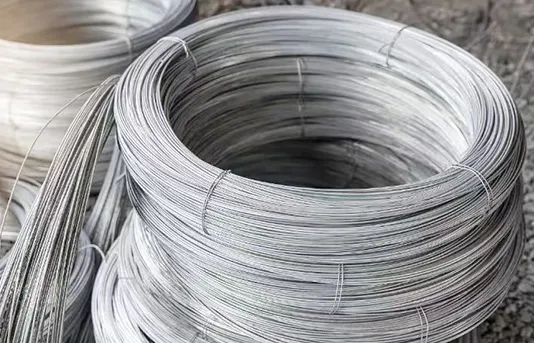-
 Phone:
Phone: -
 Email:
Email:

Exploring the Expenses Associated with Rock Netting for Slope Stabilization and Erosion Control
Understanding Rock Netting Cost A Comprehensive Guide
Rock netting, also known as rockfall netting or slope netting, is an essential engineering solution designed to mitigate the risks associated with rockfalls and landslides. As urban development expands into mountainous regions and areas prone to geological hazards, the importance of effective rockfall protection increases significantly. However, one of the critical factors that project managers and engineers must consider before implementing rock netting solutions is the associated costs. This article delves into the various factors influencing rock netting costs and provides insights into budgeting for such projects.
Factors Influencing Rock Netting Costs
1. Site Assessment and Analysis Before any rock netting can be installed, a comprehensive site assessment must be conducted. This involves evaluating the geological conditions, identifying potential hazards, and determining the specific requirements of the project. These assessments often involve geotechnical surveys, which can be costly. The initial investment in professional evaluations is crucial as it establishes the foundation for the design and implementation of rock netting systems.
2. Material Costs The type of materials used in rock netting significantly affects overall costs. High-quality steel wire mesh, anchors, and support systems are critical components. Prices can fluctuate based on material specifications, such as tensile strength and corrosion resistance, which are essential for ensuring the longevity and effectiveness of the netting. It is advisable to select materials that provide the best trade-off between durability and cost.
3. Labor Expenses Installation costs are heavily influenced by labor expenses, which encompass wages for skilled workers, equipment rental, and operational overheads. The complexity of the installation process, including factors such as site accessibility and safety requirements, can also dramatically affect labor costs. For example, installations in remote or hazardous locations may require specialized equipment and crews, leading to higher labor expenses.
rock netting cost

4. Design Complexity The complexity of the rock netting design plays a crucial role in determining costs. Slopes with varying inclinations, irregular rock formations, and diverse environmental conditions may require custom solutions, which can drive up both design and installation costs. Simpler projects with straightforward requirements may be more cost-effective, while intricate designs necessitate advanced planning and engineering expertise.
5. Maintenance and Inspection After installation, ongoing maintenance and periodic inspections are vital to ensuring the integrity and functionality of rock netting systems. These costs must be factored into the overall budget. Regular inspections can help identify wear and tear, ensuring that the netting remains effective and safe over time. It is prudent to allocate resources for maintenance to prevent costly repairs or replacements in the future.
6. Permitting and Regulatory Compliance Depending on the location of the project, obtaining the necessary permits and ensuring compliance with local regulations can incur additional costs. These may include environmental assessments, safety inspections, and adherence to building codes. Understanding the regulatory landscape is crucial in budgeting for a rock netting project.
Conclusion
The cost of rock netting is influenced by a multitude of factors, ranging from site assessments and material choices to labor and maintenance requirements. To ensure a successful rock netting project, it is crucial to conduct a thorough analysis and budget appropriately. By understanding the complexities involved, project managers can make informed decisions that balance safety, effectiveness, and affordability. Investing in high-quality solutions and regular maintenance can mitigate risks and lead to long-term savings, ultimately making rock netting an invaluable component of modern civil engineering practices.
-
Wire Mesh for Every Need: A Practical SolutionNewsJul.25,2025
-
Steel Fences: Durable, Secure, and Stylish OptionsNewsJul.25,2025
-
Roll Top Fencing: A Smart Solution for Safety and SecurityNewsJul.25,2025
-
Cattle Farm Fencing Solutions for Maximum SecurityNewsJul.25,2025
-
Affordable Iron Binding Wire SolutionsNewsJul.25,2025
-
Affordable Galvanized Wire SolutionsNewsJul.25,2025
-
Wire Hanger Recycling IdeasNewsJul.25,2025








